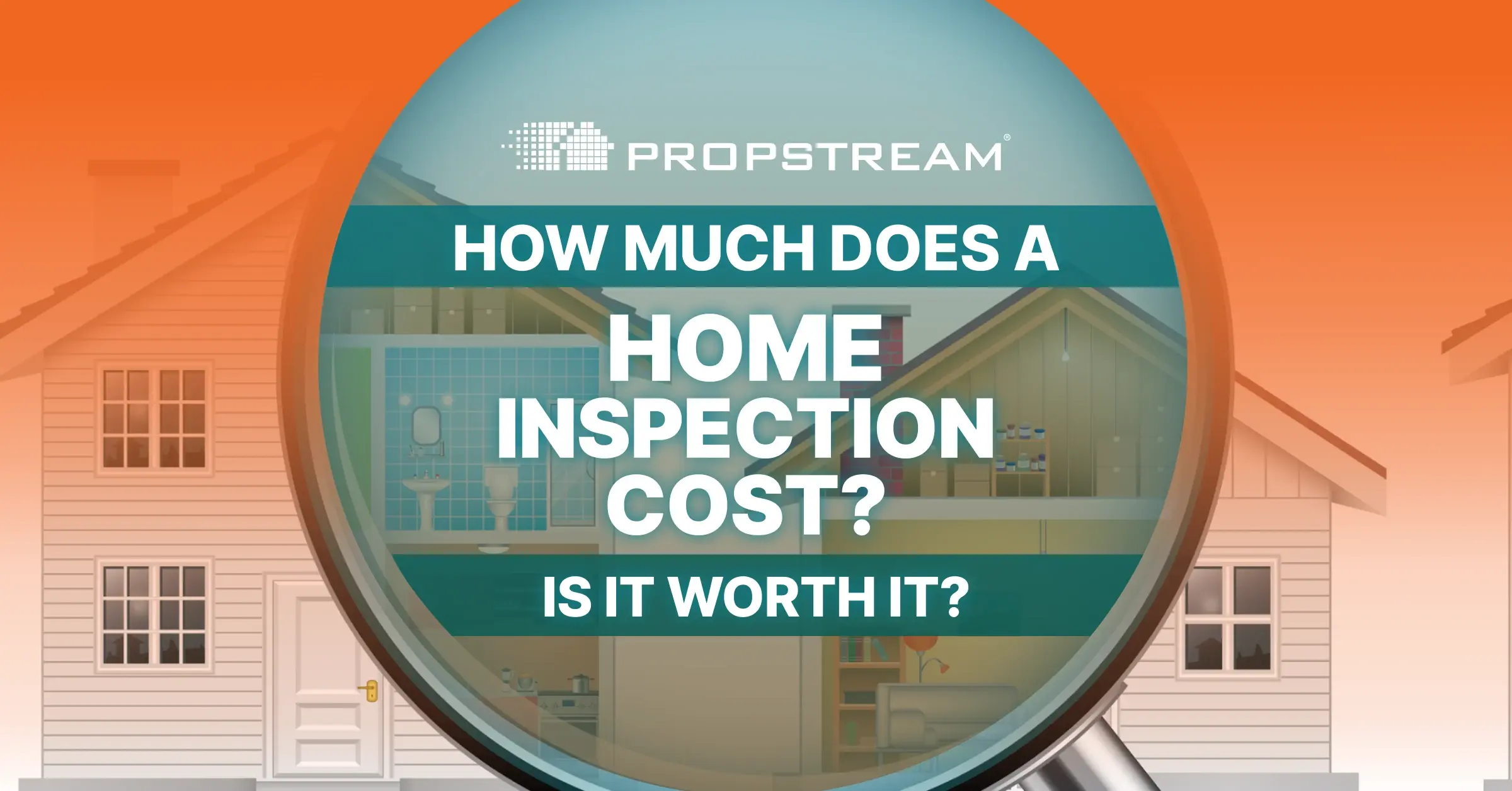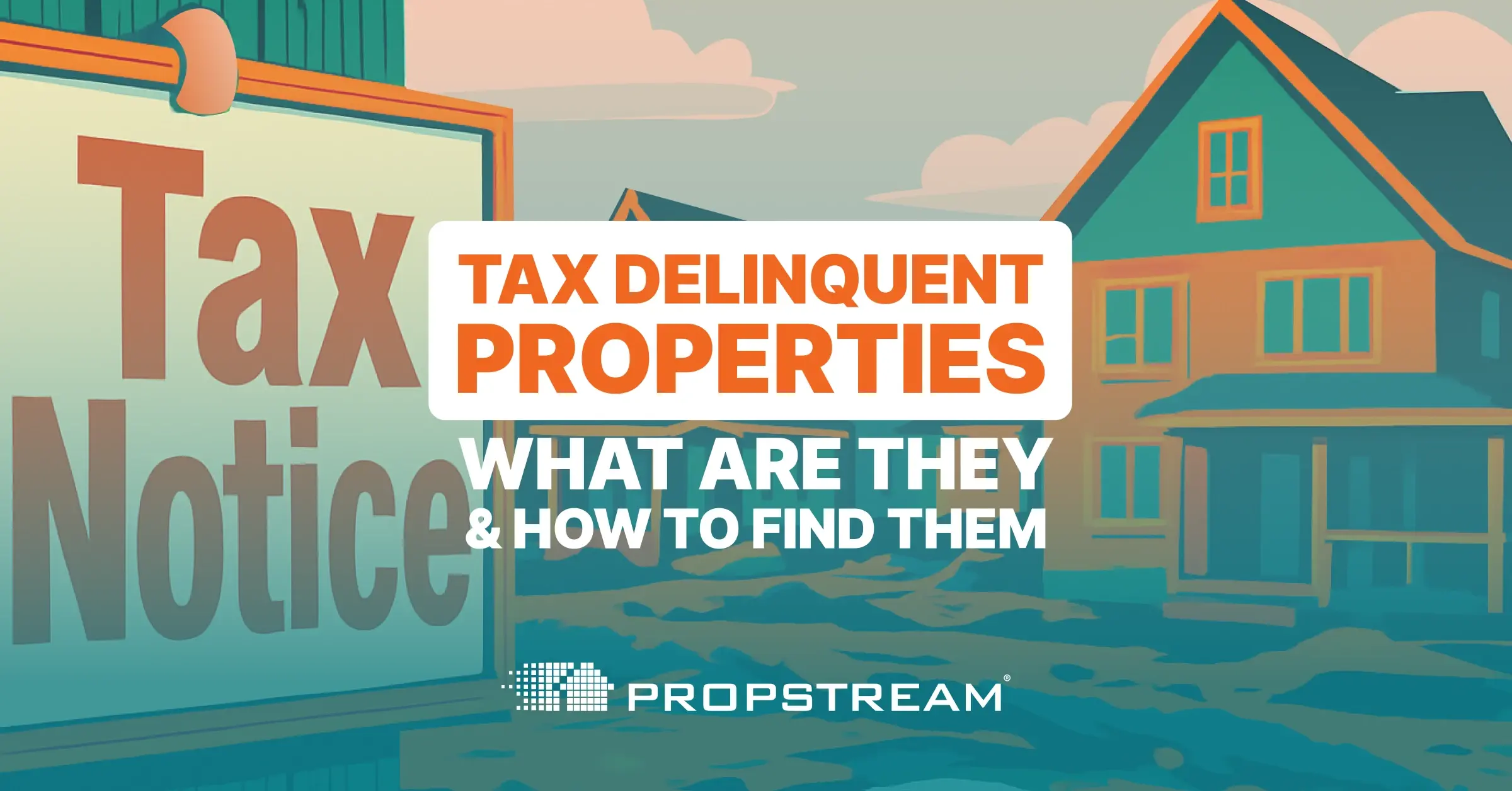Disclaimer: PropStream doesn’t offer financial advice. We recommend consulting a licensed financial professional before investing in real estate using a Roth IRA.
Did you know that you may be able to use your Roth IRA to buy and hold real estate? It’s a great way to diversify and grow your retirement portfolio tax-free. But it can also get complicated, so it’s important to learn the rules of Roth IRA real estate investing before you start.
Table of Contents |
Key Takeaways:
🔑 A self-directed Roth IRA allows investors to explore diverse assets, including real estate, within the account, enabling tax-free growth and diversification of retirement portfolios.
🔑 Real estate investments within a Roth IRA are subject to strict regulations, such as restrictions on property usage, funding sources, and prohibited transactions involving disqualified individuals.
🔑 Despite limitations, investing in real estate through a Roth IRA offers advantages such as high returns, diversification, tax-free growth, tangible asset ownership, and a hedge against inflation.
🔑 Drawbacks include regulatory complexity, custodian costs, illiquidity, limited tax deductions, and constraints on property maintenance and owner occupancy.
What Is a Self-Directed Roth IRA?
To invest in real estate with a Roth individual retirement account (IRA), you need a self-directed (SD) Roth IRA. It has the same tax advantages as a regular Roth IRA: letting you invest after-tax dollars and withdraw them tax-free after the age of 59.5.
But unlike regular Roth IRAs, SD Roth IRAs let you invest in a broader array of assets. They can hold single-family rentals, commercial property, apartment buildings, condos, mobile homes, tax deeds, tax lien certificates, raw land, and more.
The catch is that you need a custodian to administer your SD Roth IRA. They are responsible for managing transactions, paperwork, reporting, and other administrative tasks to ensure the account complies with government regulations.
Rules and Regulations of Roth IRA Real Estate Investing
Now that you understand SD Roth IRAs, let’s discuss the regulations for housing real estate assets within them.
Buying Property With an SD Roth IRA
There are a few ways to add property to your SD Roth IRA. First, you can buy property using funds already in the account—funds you either rolled over from a previous retirement account or saved up over time.
As with all IRAs, the annual contribution limit for SD Roth IRAs in 2023 is $6,500 (or $7,500 for those aged 50 and older).
Alternatively, if you don’t have enough funds to buy an entire property, you can join other investors in purchasing a property as a co-owner, “aka undivided interest.” Your IRA’s ownership will be proportional to the amount you invest.
Lastly, some banks may offer mortgages for Roth IRA property purchases. Typically, they are non-recourse lenders, meaning they can only recover the loan amount from the collateral (i.e., the property) in the event of a default, not from the borrower’s other assets. Consequently, non-recourse loans generally require large down payments of 50% or more. Any revenue generated by the debt financing also isn’t tax-free but is considered unrelated business taxable income (UBTI).
Other rules when purchasing property with your SD Roth IRA include the following:
- You can’t transfer property you already own into an SD Roth IRA.
- You can’t build properties with IRA funds. You can only buy existing ones.
- You can’t receive compensation if you act as an agent in a real estate purchase.
- You can’t buy property from disqualified persons: close family members, your IRA’s service provider, etc.
Using, Maintaining, and Selling Property in an SD Roth IRA
SD Roth IRA properties are for investment purposes only. That means you and disqualified persons aren’t allowed to stay or live in them. You and disqualified persons also can’t use them to borrow, receive, lend, or spend money.
Any property renovations or maintenance must also be paid for with SD Roth IRA funds and can’t be performed by you or disqualified persons.
To sell property in your SD Roth IRA, you must request your custodian to do so, and all sale proceeds must go straight back into the IRA.
⚡ Any violations of SD Roth IRA investing rules may result in penalties and the account’s assets becoming taxable.
Pros of Using a Roth IRA for Real Estate Investing

Despite the restrictions, investing in real estate with an SD Roth IRA can have many benefits:
Diversification. While many invest exclusively in stocks and bonds, adding real estate can diversify your retirement portfolio to protect you against market downturns (since real estate is generally uncorrelated with the stock market).
High returns. Historically, the average annualized return for long-term residential (and commercial) real estate investments is 10.3%. That’s slightly more than average long-term stock market returns.
Tax-free growth. Long-term capital gains are typically taxed at around 15%. So, if you buy a property for $400,000 and later sell it for $500,000, you’ll owe the IRS $15,000. But if you invest within an SD Roth IRA, you should owe nothing. Any appreciation or rental income grows tax-free (provided you don’t withdraw before age 59.5).
Tangible asset. Unlike stocks and bonds, real estate is a tangible asset. It provides space for people to live and work, which means its value is unlikely to drop to zero. In contrast, a company could go out of business, making its stock worthless.
Forced retirement savings. An IRA encourages retirement savings by penalizing early withdrawals. This can help prevent you from spending your nest egg prematurely.
Hedge against inflation. Property values and rents tend to rise with inflation. So, by investing in real estate, you can hedge against inflation, preserving the purchasing power of your retirement savings.
Cons of Using a Roth IRA for Real Estate Investing
Of course, using a Roth IRA to invest in real estate also has its downsides:
Custodian costs. Because they are more complex than regular Roth IRAs, SD Roth IRAs require hiring a custodian. This extra cost can cut into your profit margins.
Illiquid asset. Unlike stocks and bonds, real estate is notoriously illiquid and can’t easily be traded or turned into cash. Additionally, Roth IRAs don’t let you withdraw funds until you’re 59.5, so your assets may be tied up for a long time.
Regulatory complexity. Holding real estate in an IRA can be tricky due to all the red tape. Navigating financing, undivided interest, and property expenses without committing infractions can be challenging without proper guidance.
No owner occupancy. SD Roth IRAs prohibit you and disqualified persons from living in investment properties, so you can’t use popular investing strategies like house hacking when using them.
Limited tax deductions. Many tax breaks that come with regular real estate investing aren’t possible through a Roth IRA. For example, you can’t deduct property expenses, mortgage interest, or depreciation.
No DIY property maintenance. SD Roth IRA funds must pay for any property maintenance or repairs. You can’t hire a disqualified person to maintain the property or do it yourself. It must be done “at arm’s length.”
Annual contribution limit. As of 2023, investors can contribute up to $6,500 annually to an IRA. Anything beyond that must be invested outside an IRA and may be subject to tax as a result. Overcontributing (e.g., to cover unexpected expenses) may incur penalties.
How to Start Investing in Real Estate with a Roth IRA

If you decide Roth IRA real estate investing is for you, here’s an idea of how you can start:
- Open a self-directed Roth IRA. Shop for a qualified SD Roth IRA custodian or provider who can help you create an account and permits you to hold the real estate type you want.
- Fund the SD Roth IRA. Transfer cash from a bank account into your new IRA. Remember to stay within the annual contribution limits.
- Select real estate. Identify the property you want to invest in and ensure the purchase would meet IRS and SD Roth IRA standards.
- Fund the property purchase. Instruct your custodian to fund the purchase with your IRA funds.
- Arrange property management. Use IRA funds to hire a property manager or contractors who can manage the property.
- Comply with IRS regulations. Ensure any income generated by real estate investments flows back into the Roth IRA and that property expenses are paid directly from the IRA. Avoid prohibited transactions.
- Consult professionals. Work with a qualified tax professional or financial advisor specializing in SD Roth IRAs. They can help you navigate real estate investing within an IRA and avoid costly mistakes.
The beauty of SD Roth IRA real estate investing is that it lets you buy, sell, flip, and accumulate properties within a tax-advantaged retirement account. The hard part is understanding and complying with all the regulations.
When you're ready to locate your own investment property using your SD Roth IRA, PropStream can help. With over 155 million property records and advanced filtering capabilities, finding your next deal is faster and easier than ever.
| Sign up for a free 7-day trial today and get 50 leads on us! |
About PropStream: PropStream leads the real estate data industry with the most robust, detailed datasets available. In business since 2006, PropStream has data for over 155+ million properties nationwide and hundreds of filtering combinations to help real estate professionals find the best off-market leads in the least amount of time. With built-in marketing tools, PropStream has everything motivated real estate professionals need to build marketing lists and make a pitch in one convenient location. PropStream was acquired by Stewart Title Co. in November 2021 and has been named a HousingWire Tech 100 Honoree in 2021, 2022, and 2023.



